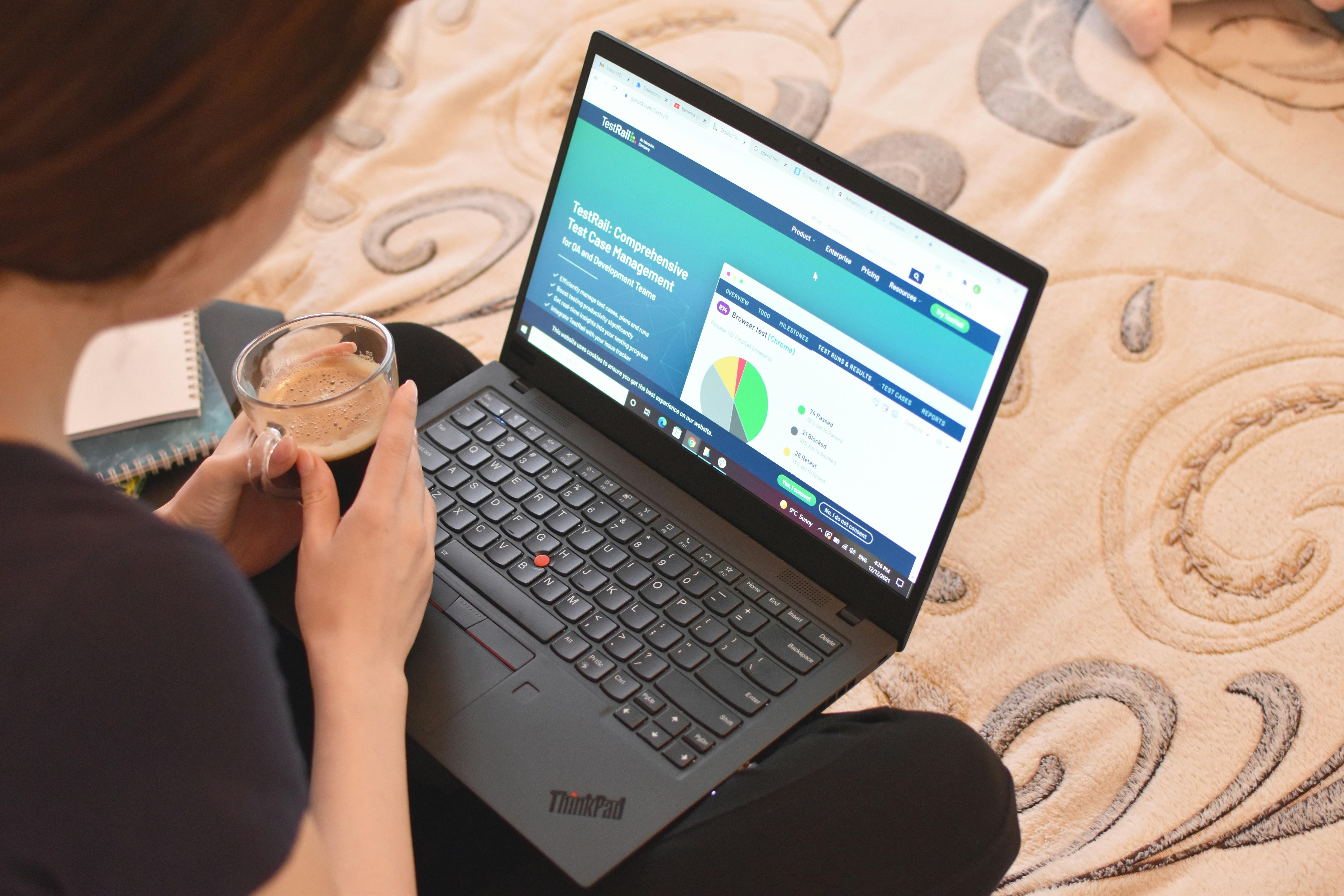
Taking Stock – A Clear-Eyed Look at Your Expenses
The news of a job loss often brings a wave of emotions, with anxiety about the future, especially financial security, typically front and center. It’s like suddenly finding yourself in choppy waters, unsure of how far the shore is. This feeling is a natural human response to uncertainty. Many in the tech world, an industry known for its rapid shifts, have navigated this same turbulence. The immediate pressure can feel immense, making it hard to think clearly. But remember, this is a temporary state. Taking a calm, methodical look at your finances, starting with your expenses, is the first step towards building a raft of stability. It’s not about deprivation; it’s about clarity and control. Think of this as gathering the materials you need to weather the storm – knowledge is your most powerful tool right now.
Actionable Steps: Your Financial First Aid Kit
- Gather All Financial Documents: Collect bank statements, credit card bills, loan statements, and any recurring subscription invoices.
- Categorize Your Spending: Group expenses into essential (housing, food, utilities, loan payments) and discretionary (entertainment, dining out, subscriptions you can pause).
- Track Spending for a Short Period: If you’re unsure where your money goes, use a notebook or a simple app for a week or two to get a clear picture.
- Identify Areas for Reduction: Pinpoint non-essential expenses that can be temporarily cut or reduced.
- Review Contracts and Subscriptions: Look for services you no longer need or can pause. Check for any upcoming renewal dates.
Details / How-To: Deep Dive into Your Expenses
1. Gather All Financial Documents: * Why: You can’t manage what you don’t measure. This provides a comprehensive overview of your financial outflows. * How-To: * Log into your online banking and credit card portals. Download statements for the last 3-6 months. * Find physical bills for utilities, insurance, and any other regular payments. * Don’t forget less frequent but significant expenses like annual insurance premiums or property taxes (pro-rate them to a monthly figure). * Tip: Create a dedicated folder (physical or digital) to keep all these documents organized. This will also be helpful for budgeting later.
2. Categorize Your Spending: * Why: This helps distinguish between needs and wants, making it easier to prioritize. * How-To: * Essential (Fixed): Rent/mortgage, essential utilities (water, gas, electricity), loan payments (student, car), insurance (health, home, auto), basic groceries, essential medications, childcare (if applicable). * Essential (Variable): Groceries (beyond basics), transportation (fuel, public transport). * Discretionary: Dining out, entertainment (movies, concerts), streaming subscriptions (Netflix, Spotify), gym memberships, hobbies, shopping for non-essentials, travel. * Example: * Essential: Mortgage payment - $2500 * Discretionary: Monthly streaming services - $75 * Callout Box: > Insight: “Don’t judge your past spending. The goal here is objective assessment, not self-criticism. Everyone has discretionary spending; the key is identifying what’s flexible now.”
3. Track Spending for a Short Period (If Necessary): * Why: Statements show what you paid, but active tracking reveals daily habits and smaller, often overlooked, expenses. * How-To: * Use a simple notebook, a spreadsheet, or a free budgeting app (like Mint, YNAB (You Need A Budget) – though some have fees, many offer free trials or basic versions). * For 1-2 weeks, jot down every expense, no matter how small. That daily $5 coffee adds up! * Tip: Be honest and diligent. This is for your eyes only and will provide invaluable clarity.
4. Identify Areas for Reduction: * Why: This is where you gain immediate control and free up cash flow. * How-To: Go through your discretionary list first. * Can you cancel some streaming services or choose a cheaper plan? * Can you reduce dining out and cook more at home? * Pause gym memberships if you can work out at home or outdoors. * Look at essential variables: Can you reduce grocery bills by meal planning or switching brands? Can you consolidate trips to save on fuel? * Example: Cutting three streaming services ($45/month) and reducing dining out by $200/month saves $245 immediately.
5. Review Contracts and Subscriptions: * Why: You might be paying for things you’ve forgotten about or no longer use. Early cancellation fees might be less than paying for months of an unused service. * How-To: * Check your bank and credit card statements for recurring charges. * List all subscriptions with their costs and renewal dates. * For contracts (like phone or internet), see if there are less expensive plans available or if you’re eligible for a new customer discount if you were to switch (though be mindful of new contract lengths). * Tip: Some credit card companies offer services that identify recurring subscriptions.
Taking this detailed look at your expenses might feel daunting, but it’s an incredibly empowering step. By understanding where your money is going, you’re no longer navigating in the dark. You’re taking the helm, making informed decisions, and reducing the financial pressure that anxiety feeds on. This clarity is the bedrock upon which you can build a stable financial plan, allowing you to focus on your next career move with greater peace of mind. Remember, many have been here, and this proactive approach is a hallmark of those who successfully navigate career transitions. You’re building resilience, one thoughtful decision at a time.